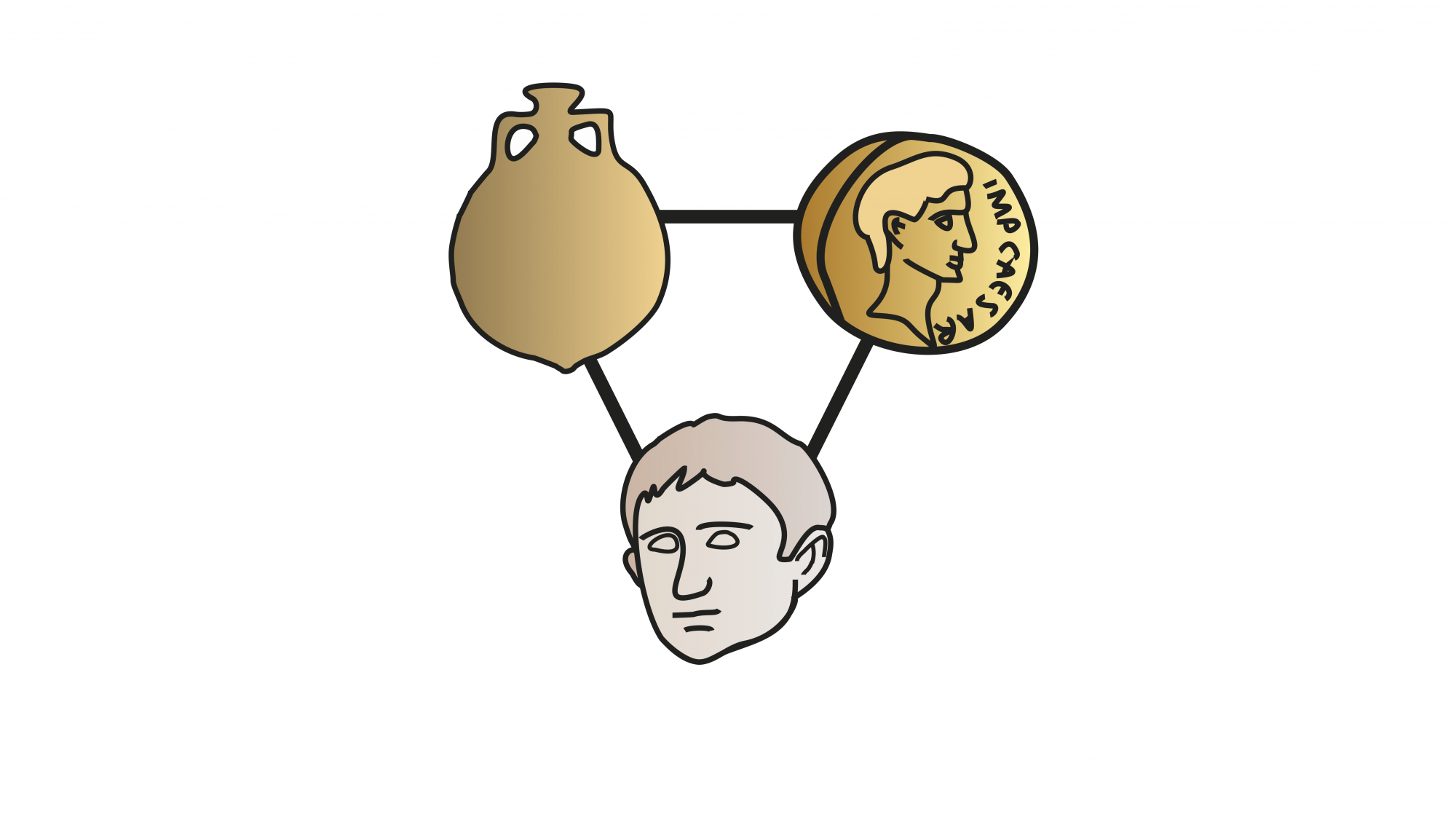Brughmans, T. & A.I. Wilson. (2022). Simulating Roman economies. Theories, methods and computational models. Oxford Studies on the Roman Economy. Oxford: Oxford University Press.
- Offers the first book-length treatment of the application of formal modelling and simulation to the study of the Roman economy
- Presents case studies in computational Roman Studies in non-technical language
- Suggests innovative approaches to studying ancient economies
- Addresses topics such as maritime travel, land transport, agricultural production, effects of pandemic on populations, cultural transmission, and settlement scaling

Description
The use of formal modelling and computational simulation in studies of the Roman economy has become more common over the last decade. But detailed critical evaluations of this innovative approach are still missing and much needed. What kinds of insights about the Roman economy can it lead to that could not have been obtained through more established approaches, and how do simulation methods constructively enhance research processes in Roman Studies?
This edited volume addresses this need through critical discussion and convincing examples. It presents the Roman economy as a highly complex system, traditionally studied through critical examinations of material and textual sources, and understood through a wealth of diverging theories. A key contribution of simulation lies in its ability to formally represent diverse theories of Roman economic phenomena, and test them against empirical evidence. Critical simulation studies rely on collaboration across Roman data, theory, and method specialisms, and can constructively enhance multivocality of theoretical debates of the Roman economy. This potential is illustrated, avoiding computational and mathematical language, through simulation studies of a wealth of Roman economic phenomena: from maritime trade and terrestrial transport infrastructures, through the economic impacts of the Antonine Plague and demography, to local cult economies and grain trade.
Through these examples and discussions, this volume aims to provide the common ground, guidance, and inspiration needed to make simulation methods part of the tools of the trade in Roman Studies, and to allow them to make constructive contributions to our understanding of the Roman economy.
Table of Contents
INTRODUCTION
1. Why simulate Roman economies?, Tom Brughmans
CASE STUDIES
2. Simulating Roman maritime trade: modelling sailing times and shipping routes, Pascal Warnking
3. The Antonine Plague: A Case Study of Epidemiological Modelling and Impact Evaluation, Marek Vlach
4. Settlement scale and economic networks in the Roman Empire, John William Hanson and Tom Brughmans
5. Transmission of cultural and economic strategies in inter-regional tableware trade, Simon Carrignon, Tom Brughmans, and Iza Romanowska
6. New approaches to old questions: the exploration of large-scale trade dynamics using hypothesis-testing frameworks, Xavier Rubio-Campillo and María Coto-Sarmiento
7. A Model of Grain Production and Trade in the Roman World, Brian Dermody, Alexander Chiu Smit, and Rens L.P.H. van Beek
8. The economic and social evolution of the Iberian Peninsula as revealed through analysis of Roman transport infrastructure, Pau de Soto and César Carreras
9. Evaluating hypotheses about local transport systems through spatial and network analysis: the Dutch part of the Lower Rhine limes and its hinterland, Mark Groenhuijzen
10. Modelling the basics of Roman demography: the case of the Dutch limes, Philip Verhagen
DISCUSSION
11. Mapping the landscape of our ignorance, Shawn Graham
12. Positioning computational modelling in Roman studies, Andrew Wilson
